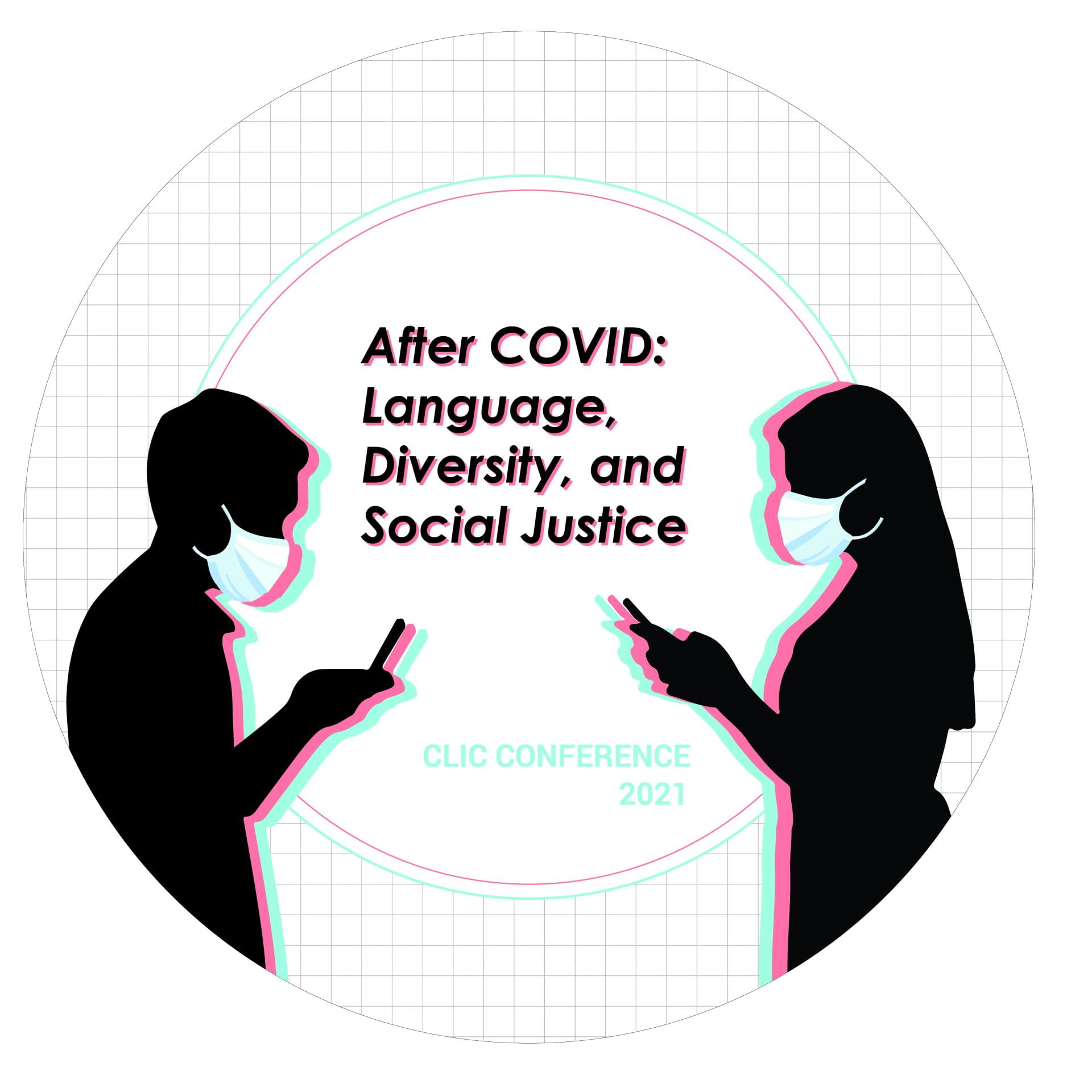Arabic songs: an affective forum for combating COVID-19 and other insecurities
Rania Habib, Syracuse University
This study examines the development and use of a plethora of Arabic songs in the Middle East and North Africa as a vehicle to not only inform and educate the public about COVID-19, but also to take affective stances that connect the current COVID-19 crisis that Arab people are undergoing with previously lived hardships and crises, invoking salient sociocultural values and sentiments that are understood and evaluated similarly by Arab people. While several themes emerged in these songs, the study focuses on three objectives:
- Explore how the newly created songs by amateur singers/artists/performers are used to express affective stances, and how these stances index the pandemic with previous crises and sociocultural values.
- Give insights into not only the Arab populations’ concerns and how they deal with crises, but also the sociocultural emotional appeal generated within the social media landscape by the lyrics of the songs and the expressive benefits of the affective stances for all susceptible stakeholders;
- Offer a modified definition of stance to encompass all kinds of interactional communications, including written and sung words.
More than 50 songs from the Middle East were closely examined. Eighteen of them were transcribed and translated. The study uses a qualitative and descriptive approach utilizing stancetaking framework (e.g., Du Bois 2007; Englebretson 2007) to examine and interpret the affective stances presented in the songs. To gauge the public’s intersubjectivity and engagement with the stances of the singers and/or lyrics of the songs, the study analyzes the large number of comments and replies posted online below the songs.
The study shows that evaluating and positioning the insecurity of the pandemic against insecurities of the past activates the affects and messages of the song’s stance, which align with the evaluations and affects of the listeners. Coronavirus becomes not only the evaluated object that connects the singer to the listener and evokes feelings of sadness, fear, and despair in both, but also acts as a reminder of other painful objects. In other words, COVID-19 becomes just a reminder of all their continued insecurities and an extension of their struggles. Indexing the songs’ stances to sociocultural values, such as fearing God and fate, and painful emotions evoked similar heightened emotions and unified responses from listeners from various Arab countries. That Arab people from different countries share similar evaluations of their insecurities and invoke similar sociocultural values in response to their dreadful situations is indicative of the co-construction of a shared Arab identity through the sociocognitive intersubjectivity of the stances that are indexed to shared repertoires, sociocultural values, and affects.
References
Du Bois, John W. 2007. The Stance triangle. In Englebretson, Robert (ed.), Stancetaking in Discourse: Subjectivity, Evaluation, Interaction, 139-182. Amsterdam/Philadelphia: John Benjamins.
Englebretson, Robert. 2007. Stancetaking in discourse: An introduction. In R. Englebretson (Ed.), Stancetaking in Discourse: Subjectivity, Evaluation, Interaction (pp. 1-25). Amsterdam: John Benjamins.

